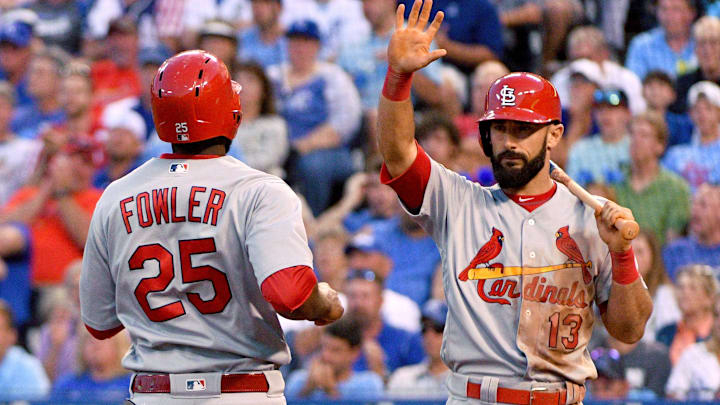10 of 16
#7 - Tino Martinez: 3 years, $20.75 million, 2002
Brought in to replace Mark McGwire in the Cardinals lineup, Tino Martinez had large shoes to fill. He was coming off one of his best seasons with the Yankees though and looked primed for the task.
Martinez's power seemed to disappear when he came over to St. Louis, becoming a slightly above-league-average hitter and failing to hit more than 21 home runs in a season during his two years in St. Louis. While Martinez was not a bad player for the Cardinals, his contract and the role he was expected to play were too big for what they were getting out of him.
Before the 2004 season, the Cardinals traded Martinez to Tampa Bay, allowing Albert Pujols to move over to be the primary first baseman.
